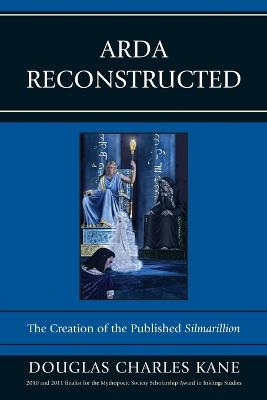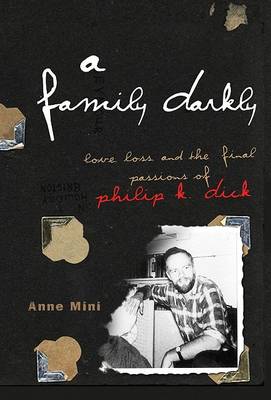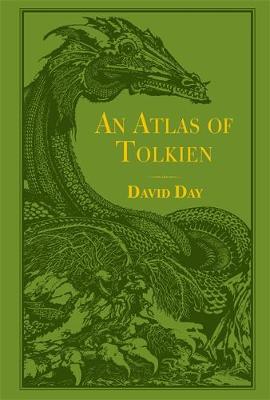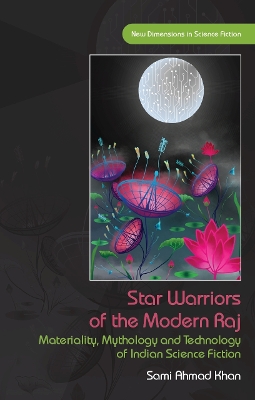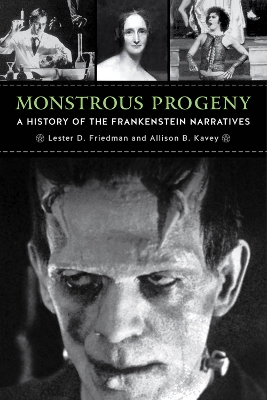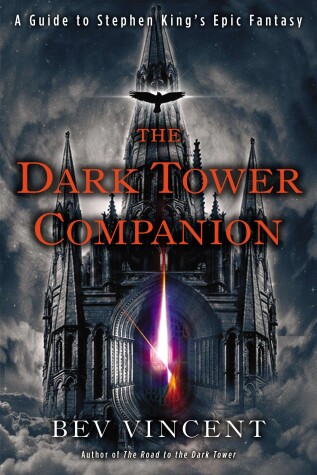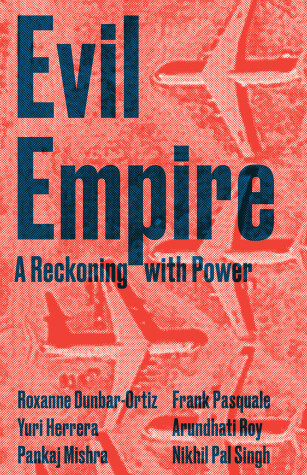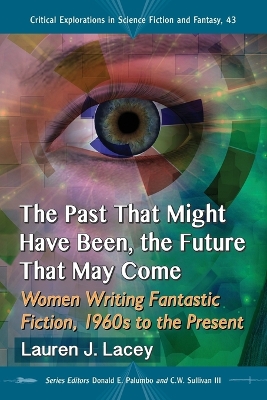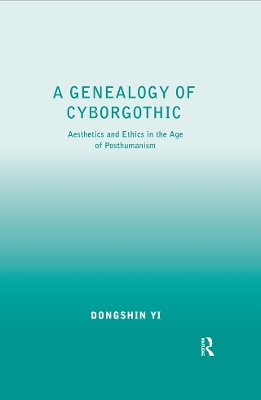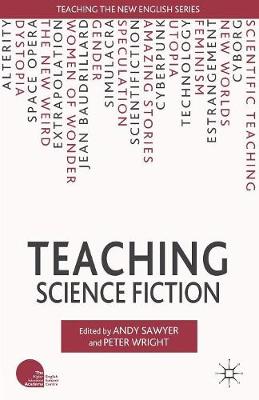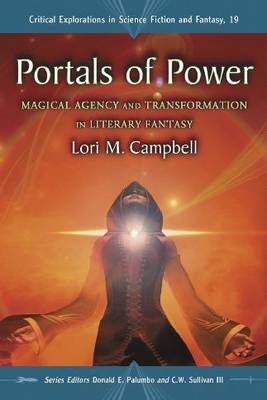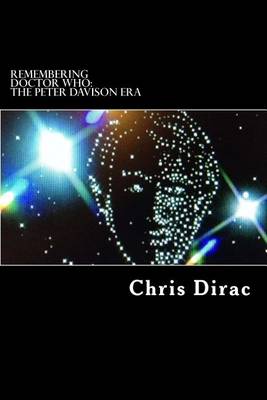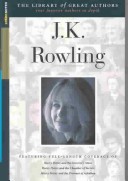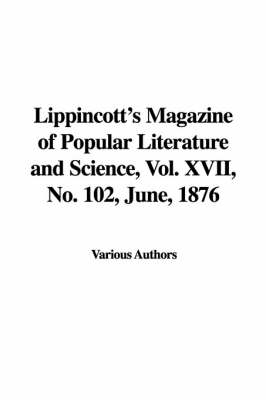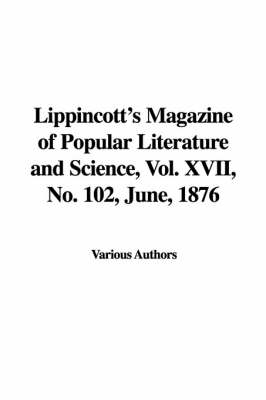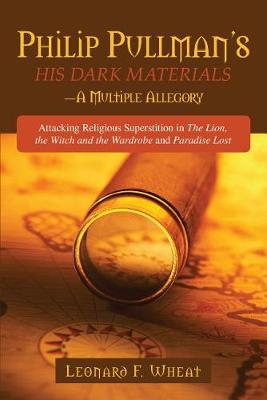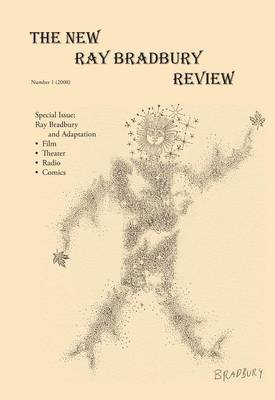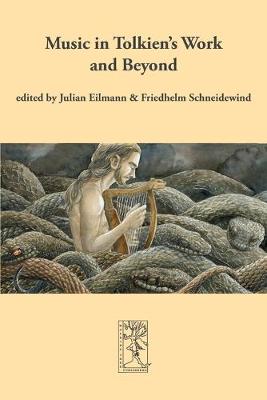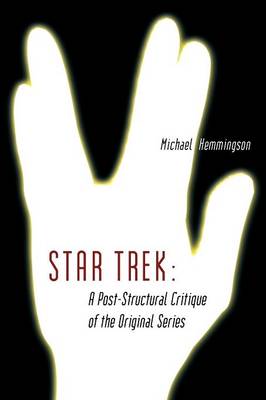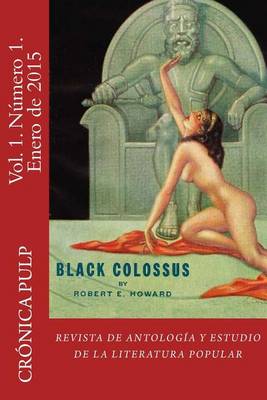Douglas C. Kane reveals a tapestry woven by Christopher Tolkien from different portions of his father's work that is often quite mind-boggling, with inserts that seemed initially to have been editorial inventions shown to have come from some remote portion of Tolkien's vast body of work. He demonstrates how material that was written over the course of more than thirty years was merged together to create a single, coherent text. He also makes a frank appraisal of the material omitted and invented...
This lavish, colour atlas is a complete guide to the weird and wonderful geography of Tolkien's world. Packed with full page maps and illustrations of events in the annals of Middle-earth, it is the perfect companion to the bestselling A Dictionary of Tolkien. This book is unofficial and is not authorised by the Tolkien Estate or HarperCollins Publishers.
Much literature for children appears in the form of series, in which familiar characters appear in book after book. In the late nineteenth and early twentieth century, authors began to write science fiction series for children. These early series generally had plots that revolved around inventions developed by the protagonist. But it was the development and use of rocket and atomic science during World War II that paved the way for interesting and exciting new themes, conflicts, and plots. While...
Star Warriors of the Modern Raj (New Dimensions in Science Fiction)
by Sami Ahmad Khan
India is mutating - and its Science Fiction (SF) with it. Star Warriors of the Modern Raj is a critical catalogue of contemporary India's anglophone SF, a path-breaking work that flits between texts, vantage points and frameworks. An alternative to a male Eurocentric perspective of SF, this study avoids essentialising definitions and delves into how the world of SF (text) intersects with that of the writer/reader. Fusing paradigms of Science Fiction Studies, South Asian Studies and Postcolonial...
Mary Shelley's 1818 novel Frankenstein is its own type of monster mythos that will not die, a corpus whose parts keep getting harvested to animate new artistic creations. What makes this tale so adaptable and so resilient that, nearly 200 years later, it still seems vitally relevant in a culture radically different from the one that spawned its birth? Monstrous Progeny takes readers on a fascinating exploration of the Frankenstein family tree, tracing the literary and intellectual roots of Shel...
A COMPREHENSIVE GUIDE TO STEPHEN KING'S BESTSELLING DARK TOWER SERIES. “A valuable tool for exploring the series. Both newcomers and frequent visitors to Mid-World will be informed and delighted.”—Stephen King The story of Roland Deschain of Gilead, the last gunslinger, and his lifelong quest to reach the tower and save humanity across infinite parallel worlds is one that has consumed Stephen King throughout his career as characters and concepts crossed back and forth between the series and th...
This book focuses on the interplay of gender, race, and their representation in American science fiction, from the nineteenth-century through to the twenty-first, and across a number of forms including literature and film. Haslam explores the reasons why SF provides such a rich medium for both the preservation of and challenges to dominant mythologies of gender and race. Defining SF linguistically and culturally, the study argues that this mode is not only able to illuminate the cultural and soc...
Investigation of power and dominion, through the lens of genre fiction, interviews, and essays.“All history,” writes Maximillian Alvarez, “is the history of empire—a bid for control of that greatest expanse of territory, the past.” Evil Empire confronts these histories head-on, exploring the motivations, consequences, and surprising resiliency of empire and its narratives. Contributors grapple with the economic, technological, racial, and rhetorical elements of U.S. power and show how the effect...
The Past That Might Have Been, the Future That May Come (Critical Explorations in Science Fiction and Fantasy)
by Lauren J. Lacey
This book explores how contemporary fantastic fiction by women writers responds to the past and imagines the future. The first two chapters look at revisionist rewritings of fairy tales and historical texts; the third and fourth focus on future-oriented narratives including dystopias and space fiction. Writers considered include Margaret Atwood, Octavia E. Butler, Angela Carter, Ursula K. Le Guin, Doris Lessing, and Jeanette Winterson, among others. The author argues that an analysis of how past...
In his provocative and timely study of posthumanism, Dongshin Yi adopts an imaginary/imaginative approach to exploring the transformative power of the cyborg, a strategy that introduces balance to the current discourses dominated by the practicalities of technoscience and the dictates of anthropocentrism. Proposing the term "cyborgothic" to characterize a new genre that may emerge from gothic literature and science fiction, Yi introduces mothering as an aesthetic and ethical practice that can e...
Teaching Science Fiction (Teaching the New English)
Teaching Science Fiction is the first text in thirty years to explore the pedagogic potential of that most intellectually stimulating and provocative form of popular literature: science fiction. Innovative and academically lively, it offers valuable insights into how SF can be taught historically, culturally and practically at university level.
Portals of Power (Critical Explorations in Science Fiction and Fantasy)
Fantasy writing, like literature in general, provides a powerful vehicle for challenging the status quo. Via symbolism, imagery and supernaturalism, fantasy constructs secondary-world narratives that both mirror and critique the political paradigms of our own world. This critical work explores the role of the portal in fantasy, investigating the ways in which magical nexus points and movement between worlds are used to illustrate real-world power dynamics, especially those impacting women and ch...
Lippincott's Magazine of Popular Literature and Science, Vol. XVII, No. 102, June, 1876
Lippincott's Magazine of Popular Literature and Science, Vol. XVII, No. 102, June, 1876
Philip Pullman's His Dark Materials trilogy is one of the most popular fantasy works of our time. Both the trilogy and the movies based on it are being marketed chiefly as YA (young adult) fare. But Leonard F. Wheat shows in this fascinating analysis that His Dark Materials is far more than a YA tale. At a deeper level it is a complex triple allegory--a surface story that uses 231 symbols to tell three hidden stories. As such, it is among the most profound, intellectually challenging, and thorou...

